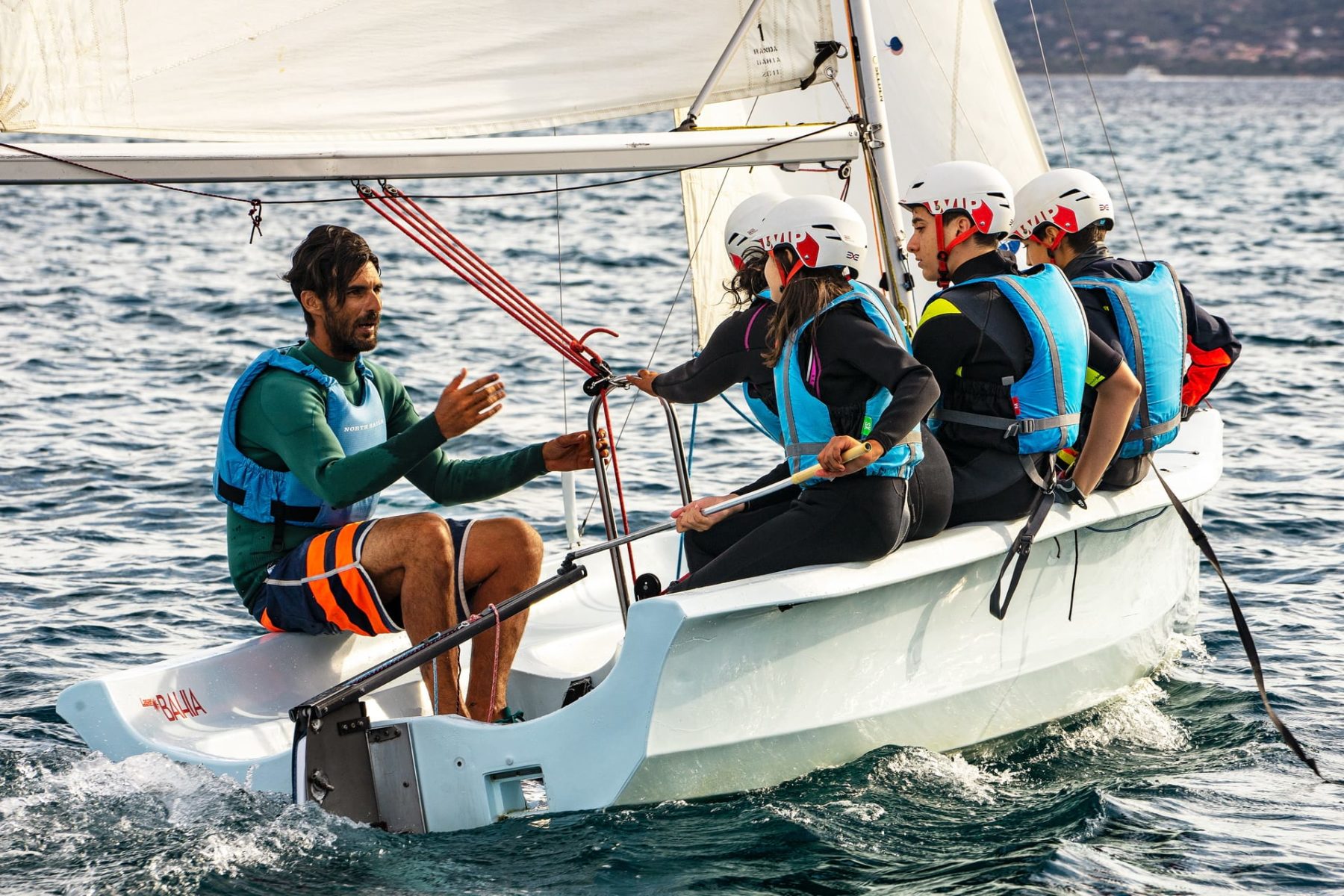Among this year's many innovations, there is one that we have not yet told you about but which we think will be one of the highlights of this season. It is the fortnightly D3/C3 course. The idea of a "mixed" improvement course stems from the desire to bridge the gap between dinghies and cabin cruisers, which is more perceived than real.
Dinghy and cabin cruiser are not separate, non-communicating worlds: there are common aspects and, above all, they are preparatory to each other," explains Paolo Bordogna, President of the CVC. To put it simply, we are convinced that this course perfectly embodies what has always been the mission of the CVC, namely to train sailors. The sensitivity to the rudder and to sails that a dinghy can give you is difficult to develop on a cabin cruiser, but it certainly comes in handy there too. On the other hand, if you limit yourself to the sporting dinghy you will never discover all the emotions of being out at sea and all the knowledge that a cabin cruiser course gives you, from charting to everything that goes into real sailing. And it's no coincidence that we thought of the third step in our teaching when we launched a mixed course, when the dinghies start using the gennaker and the cabin cruiser lays the foundations for cruising.

The new course will start with two 'pilot' shifts: one in June, where we are more likely to find a younger audience, and one in September, where we assume a higher average age and students more inclined to consider cabin cruiser courses. And if it's true that younger students are usually looking for the adrenaline rush of planing... "A boat like the First Beneteau, which will be used for the cabin cruiser part of the course, won't make even the most emotionally-driven students feel nostalgic about dinghies," continues Bordogna. "We've already been through this many times with those who, arriving from dinghies, try the High Performance course: they come to the Island with the fear of not having enough fun and when they try a glide on a J80, a boat with 60 square metres of gennaker, they don't want to go on anything else.
Another thing to know is that apart from the economic aspect (the fortnightly courses are cheaper than the weeks booked individually) there is another big advantage. We have designed these courses in such a way as to ensure that the same team of instructors and sailing assistants will be present for both weeks," concludes Bordogna, "a team of people who are motivated and specialised in the boats in use (Argo for the D3 and First 27 Beneteau for the C3, ed.). The students will also be the same for both weeks to ensure the highest level of homogeneity and create the conditions for great continuity and educational progression.
In short, if your goal is to really learn how to stay at sea, here we are at our most effective. For all the details and bookings you can click HERE or search our Courses page, Happy Windsailing to all!







